

Damion Smy
Boxy new KGM Musso unveiled to take on HiLux and Ranger ahead of Australian launch
10 Hours Ago
We're spoiled for choice in Australia, but that doesn't mean we can't yearn for more. Here's five cars from Europe and the UK we'd love to see here.

Marketplace Editor
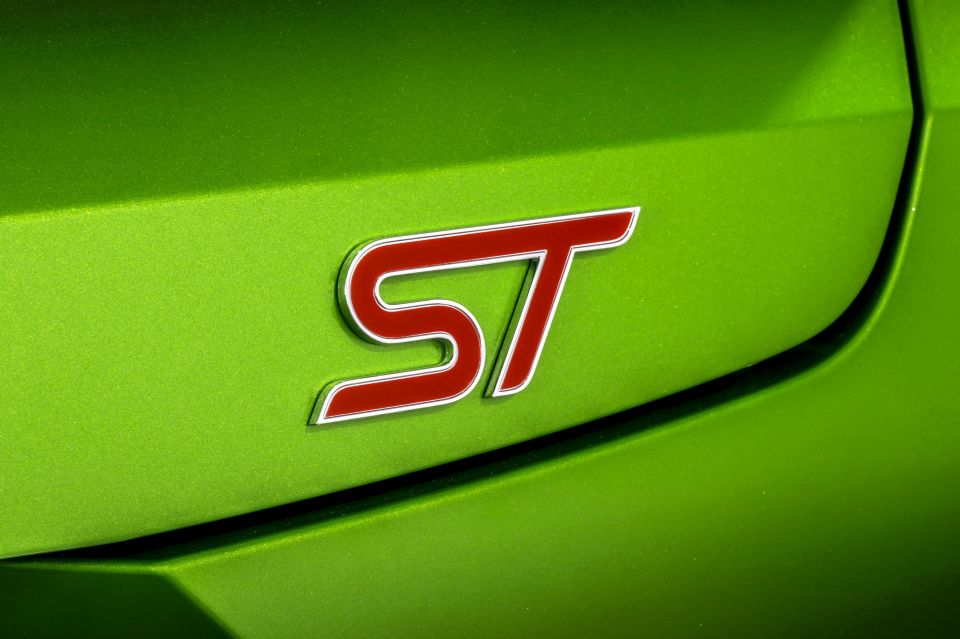

Marketplace Editor
Unlike my colleague and friend (cute – ed.), Scott Collie, I haven’t just hopped off a plane from overseas green with envy of another market region’s automotive forbidden fruit.
However, I did briefly visit Europe and the UK last year and saw many vehicles in the flesh for the first time, and I’ve been covering the industry long enough now that there’s a whole catalogue of “not for Australia” stories I’ve written over the years.
Australia may be one of the most competitive new car markets out there, with more than 60 brands fighting for barely 1 million units of yearly volume, but there’s still plenty of good stuff we miss out on.
In the spirit of looking beyond our borders and making a wishlist, here’s five cars (or model lines) that Europe and the UK get that we’d love to see here in Australia – focusing on more attainable stuff people would actually buy.
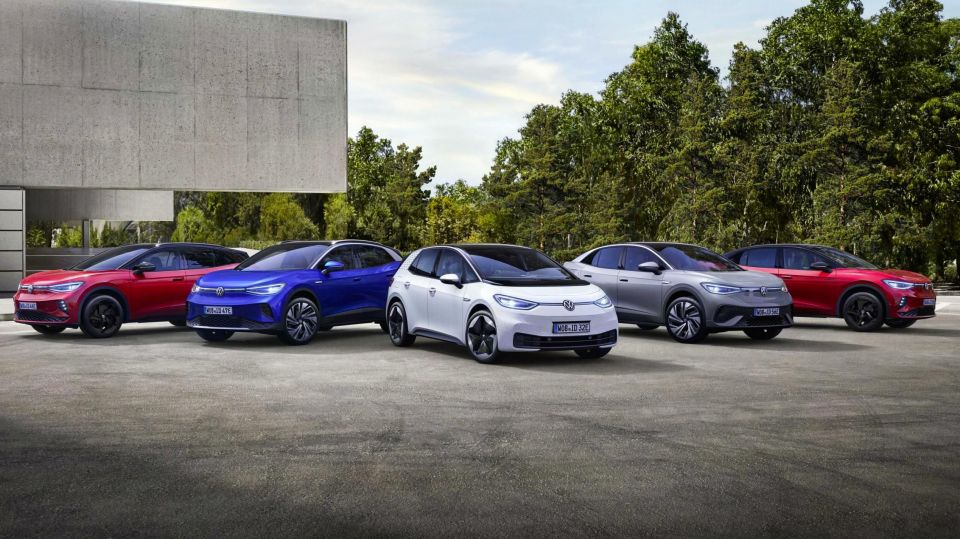
Yes, I know this isn’t just one car ormodel line, but a massive gap in the Australian market is a range of plug-in electrified vehicles from Europe’s largest vehicle manufacturer (and second-largest group globally).
The ID.3, ID.4andID.5 have been confirmed for a delayed arrival in Australia from next year; which in the case of the ID.3 will be around five years after its initial rollout in Europe – though we’re getting the facelift.
Same goes for VW’s range of plug-in hybrids and mild-hybrids, the former wearing the eHybrid moniker. Currently you can buy plug-in Golfs, Passats, Tiguans and Touaregs in Europe and the UK.
Then there’s the range of eTSI 48V mild-hybrids. While unavailable on the local range of VW products, I’ve sampled the latest 1.5 eTSI in the new Audi A3 and it’s a fantastic drivetrain that can almost match the efficiency of a Toyota Corolla Hybrid – and it’s the entry-level powertrain in Audi’s Golf-based siblings.
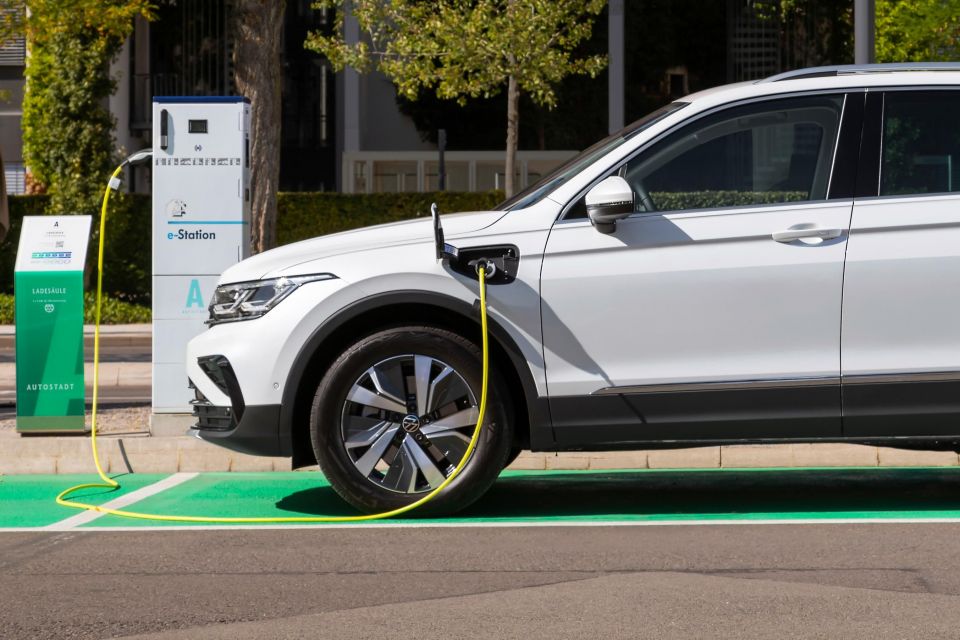
It’s crazy that in an era where hybrids, plug-in hybrids, and electric vehicles are steadily gaining traction in the Australian market, one of the industry’s biggest players – overall and in the electrification space specifically – is currently not competing where in other markets it’s a leader.
Global supply issues and our lack of emissions and fuel quality standards aside, it’s a shame a brand that prides itself as a technology leader has been unable to get in on the action locally as yet.
Hopefully, as these products start making their way into Australian showrooms over the next 18 months or so, they’ll have been worth the long wait.
MORE: Volkswagen EVs to reach Australia in 2023-24 from about $60k MORE: VW Golf GTE, Tiguan eHybrid PHEVs still 18 months away
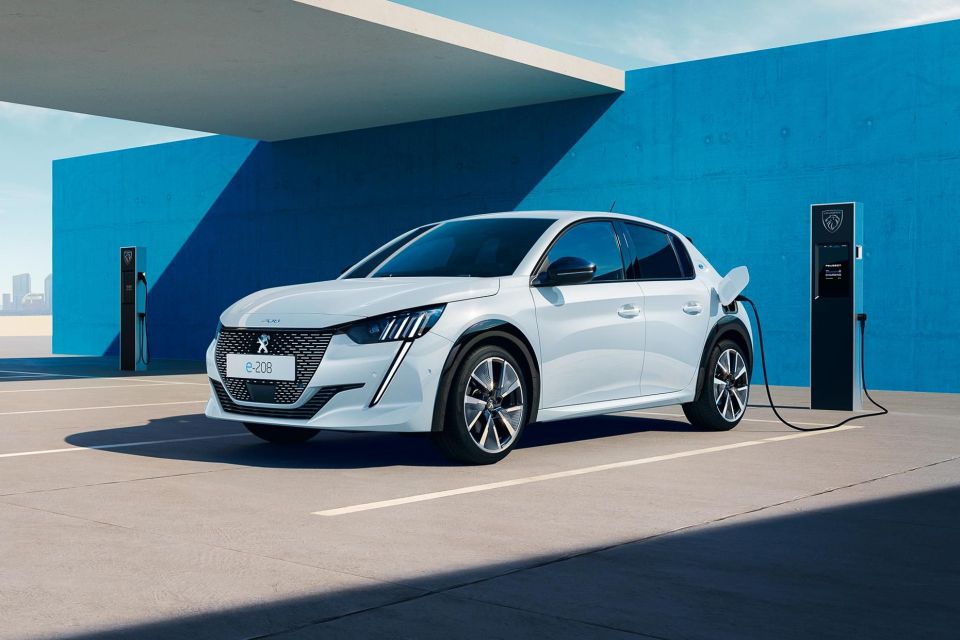
The cutest little lion you ever did see, the latest Peugeot 208 has never been offered in Australia, despite a long run of its predecessors being sold Down Under.
It topped the European sales charts in 2022, supplanting the long-time sales king of the region – the Volkswagen Golf – after a 17-year run atop the podium.
In 2019, then-MD for Peugeot Citroen Australia, Ben Farlow, said the new 208 was on the cards for a 2020 Australian launch and should “set the context for what we want to do with the younger generation with Peugeot”.
Fast forward to 2023 and the little Pug still isn’t here, though the current management has indicated it’s seriously looking into bringing the all-electric e-208 later this year or early next, as the French brand kickstarts its all-electric push in Australia.
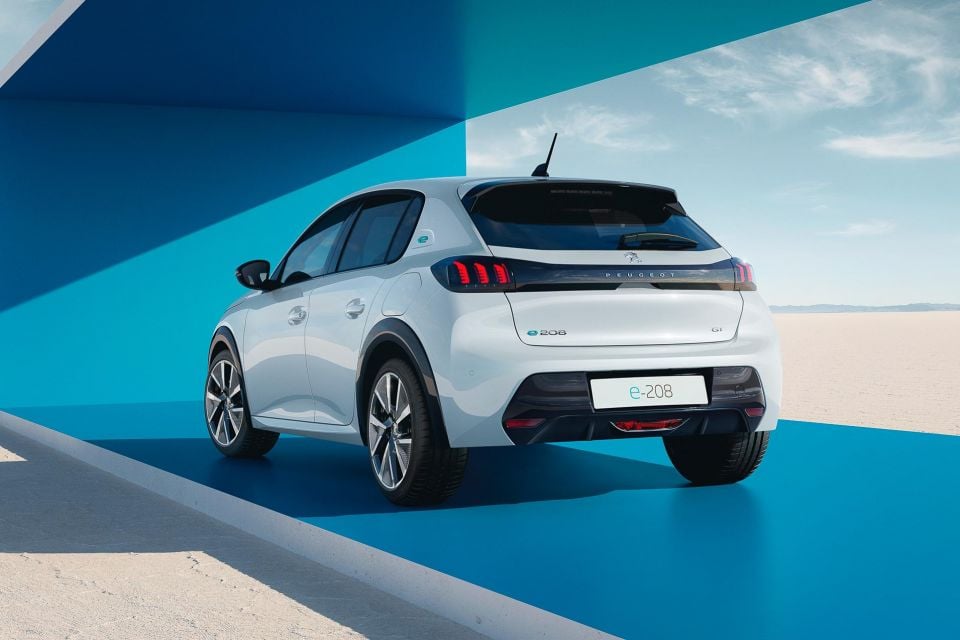
While sales of light and small passenger cars continue to decline, as does the range of vehicles on offer, there’s still a place for smaller, somewhat ‘entry level’ cars that are more city friendly and wear attainable price tags.
Especially now, where Aussie consumers are more than happy to take a punt on an unknown Chinese brand (think BYD) based on price point, particularly in the electric space, surely there’s a case for a smartly-styled and city-sized electric hatchback wearing a sticker starting with a ‘4’ or ‘5’.
On my trip to France last year with Mercedes-AMG, I saw these little things EVERYWHERE. Cutesy looks and cool colours would be a welcome break from the greyscale SUV flock in Melbourne – so Peugeot, please help!
MORE: Peugeot e-208, e-2008 could hit Australia in 2023

I couldn’t consider myself a Korean car guru without including some of Kia’s sweet European products that are sadly not available to us Down Under.
While the Cerato and Seltos make for a good double assault on Australia’s compact vehicle segments, a couple of their European relatives would, in my humble opinion, make great additions to the local line-up.
First up is the Kia ProCeed.
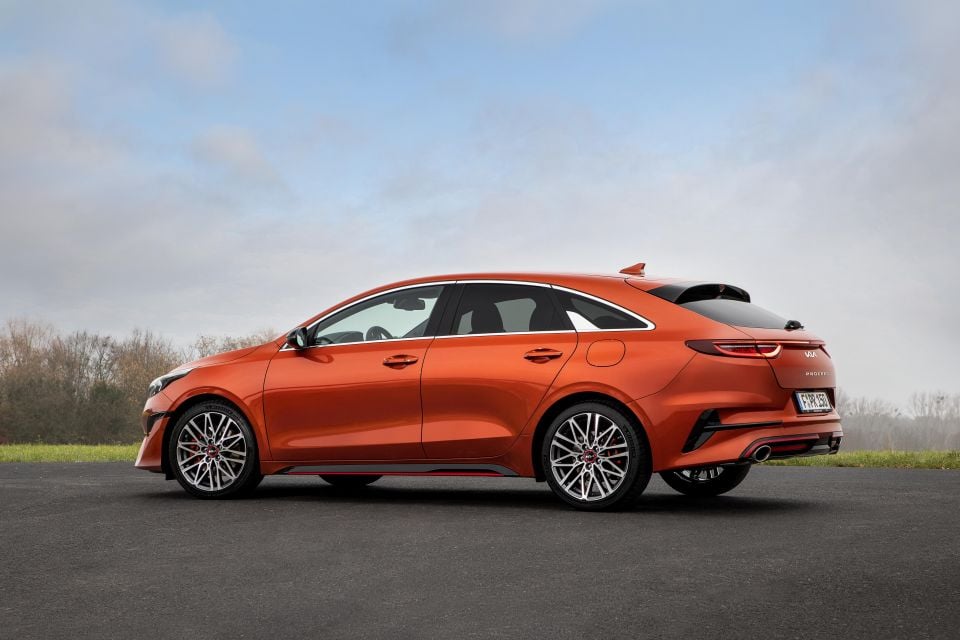
Sound familiar? Kia re-punctuated the old pro_cee’d name to something that looks less like it belongs in a line of code or an MSN Messenger status, and also transformed car it’s stuck on into a sporty Shooting Brake.
Based on the Ceed hatchback, Europe’s take on our Cerato Hatch as well as the Hyundai i30, the ProCeed shapes up as something of a more affordable alternative to the old Mercedes-Benz CLA Shooting Brake that’s no longer sold here – double boo to you, Mercedes.
With the available 150kW/265Nm 1.6-litre turbo shared with the popular Cerato GT and i30 N Line, the ProCeed GT shapes as an affordable warm wagon. These days, there’s only the Mini Cooper S Clubman and Skoda Octavia RS playing in this space – and both are now positioned as more premium offerings around the $60,000 mark.
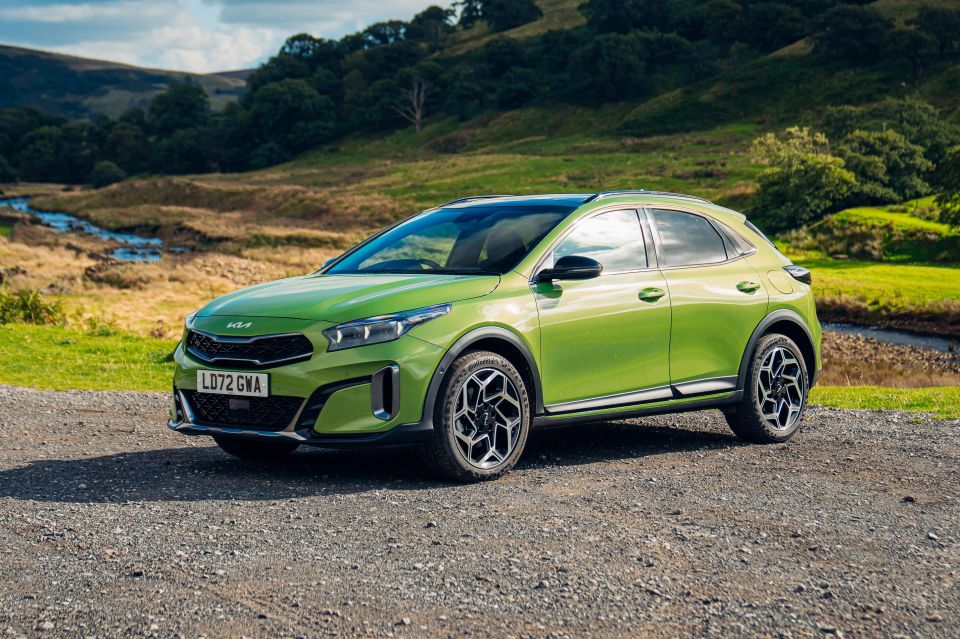
Then there’s the Kia XCeed – yes, I know these are two cars but they’re technically from the same family.
Again, I’ll preface by saying the Seltos is a great little crossover and I wouldn’t necessarily want to replace it, but the XCeed is a sexy little hatchback-crossover that would be a great alternative to something like a Subaru Crosstrek or Volkswagen T-Roc.
With a sharp design, cool colours (YES to the green pictured here), and a wide range of powertrains including the same 150kW 1.6-litre turbo as well as an available 1.6-litre plug-in hybrid, it’s a shame the XCeed will likely never be sold in Australian showrooms due to its exclusively European production schedule – even if it’s made in RHD for the UK.
Going by posts in Kia owner groups on Facebook, I’m sure both of these models would find a loyal following here.
MORE: 2023 Kia XCeed revealed, not for Australia
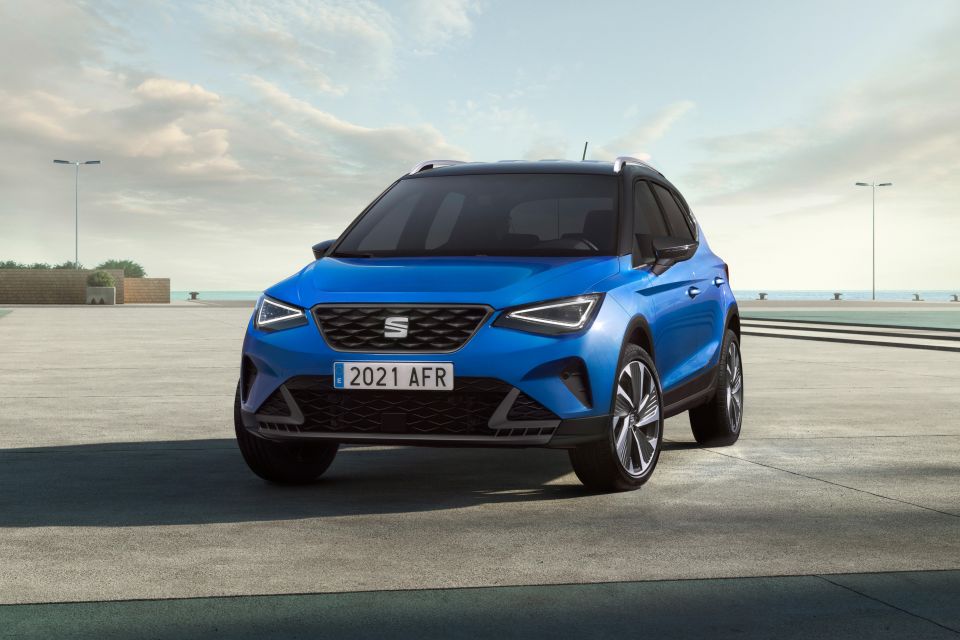
After spending a week in my mother’s hometown in Catalonia for the first time in my life, my automotive takeaway was that it’s a shame the VW Group doesn’t import its SEAT products to Australia.
Positioned as a sporty and youthful alternative to the more practical Skoda brand, Spanish SEAT has its own range of hatchbacks and SUVs based on well-known Volkswagen models, and I think the Arona in particular would be a great fit in the Australian market.
I find the small SUV segment a bit of a bore locally. There are some ‘good’ offerings, but few really ignite the senses unless you spend up for a hardcore performance variant (i.e. Kona N or T-Roc R) which can send you into luxury car pricing territory.
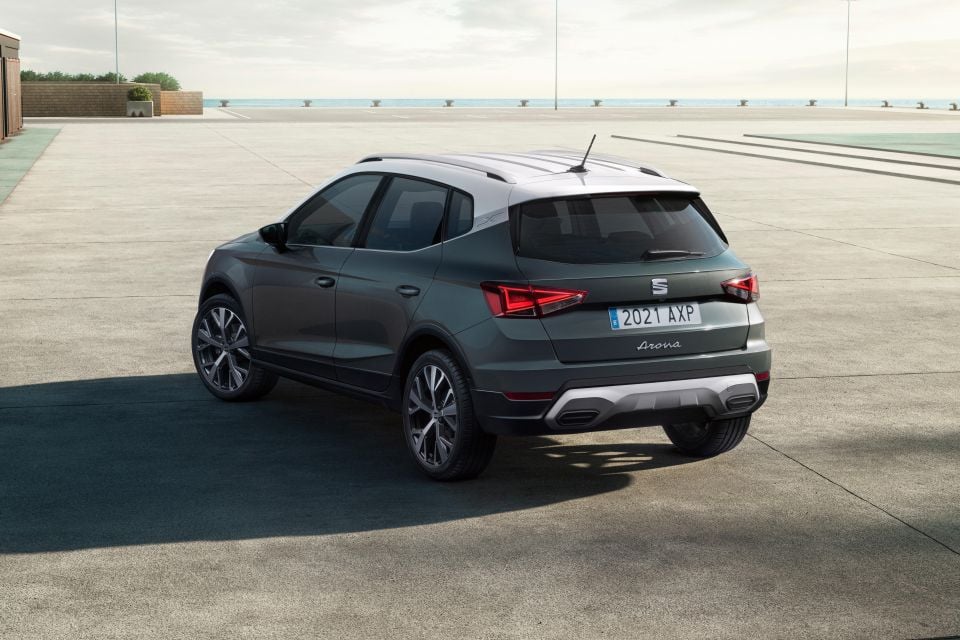
By all accounts, the SEAT Arona bucks this trend by offering a sharp drive from the base level. It takes the capable underpinnings of the VW T-Cross and Skoda Kamiq and injects a bit of diversió – as they say in Catalan for ‘fun’.
With familiar 81kW 1.0 TSI and 110kW 1.5 TSI engines available, there’s turbocharged grunt on offer; and while some small SUVs can look a little under-wheeled and top-heavy, the Arona in its higher trims has quite a squat, sporty stance.
Honourable mention to the related Ibiza and the larger Tarraco, which are SEAT’s take on the Polo and Tiguan Allspace respectively.
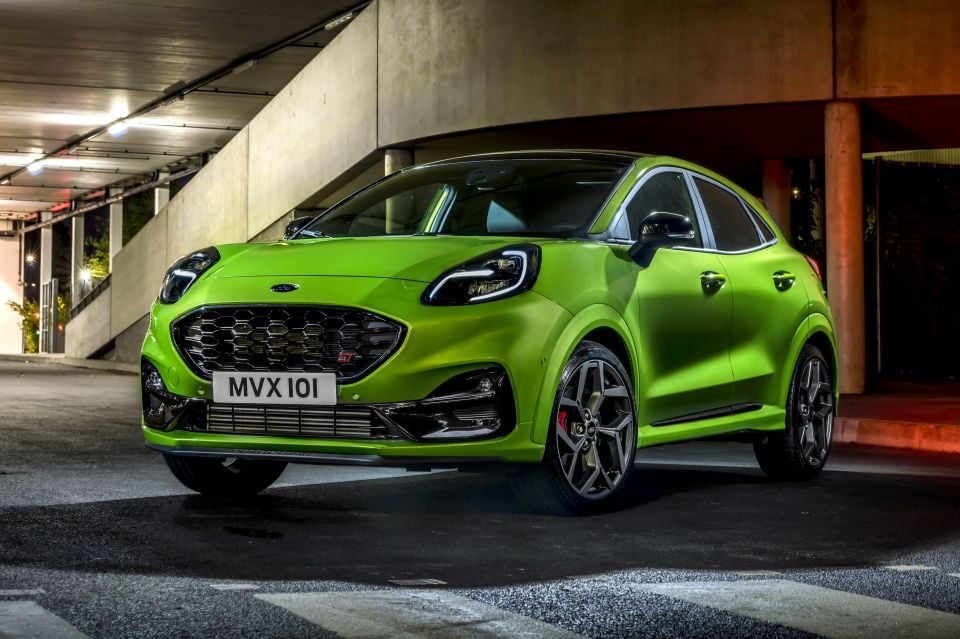
More fun, and more green – it’s as if Ford Performance read my mind.
With the demise of the Fiesta ST (or FiST) and Focus ST in Australia; the Blue Oval is without entry-level performance options to sit below the Mustang and Ranger Raptor. I think the Ford Puma ST could serve as a good replacement in this SUV-hungry era.
Given the standard Puma is already one of the best compact SUVs to drive, I can imagine the ST would be mega fun in a pocket-sized package – referring to the car, obviously.
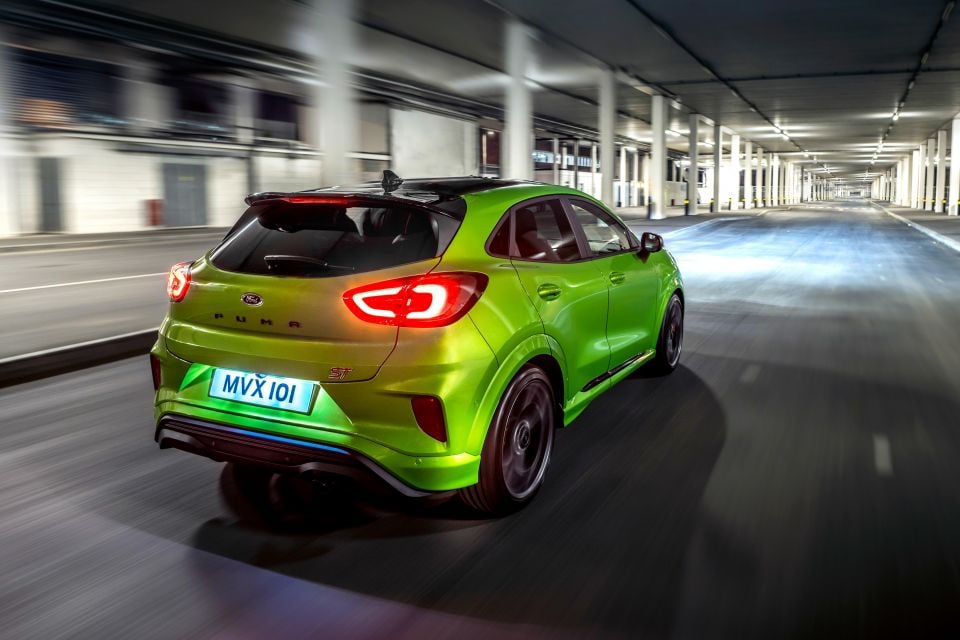
The punchy, characterful 147kW 1.5-litre three-pot turbo is enough to scoot the Puma ST from 0 to 100km/h in 6.7 seconds, on its way to a top speed of 220km/h.
It’s manual-only currently, which is a win for enthusiasts who may need a higher hip point and bigger boot but still want an affordable three-pedal performance car.
Alas, there are no current plans to bring the brand’s performance compact SUV to Australia, likely due to that manual transmission being the only option – which would hinder its sales appeal here. Shame.
MORE: Ford Puma ST revealed, not for Australia
Which cars available in the EU and UK would you like to see in Australia? Comment below!
James Wong is an automotive journalist and former PR consultant, recognised among Australia’s most prolific motoring writers.


Damion Smy
10 Hours Ago


Damion Smy
12 Hours Ago


Damion Smy
13 Hours Ago


Damion Smy
15 Hours Ago


Damion Smy
16 Hours Ago


Damion Smy
18 Hours Ago